Daily Tour
Unlimited
English
About this tour
Nestled in the eastern Himalayas, the Kingdom of Bhutan beckons with its mystical charm and unspoiled beauty. Bhutan, often referred to as the “Land of the Thunder Dragon,” is a unique destination that has successfully preserved its rich cultural heritage and pristine landscapes. This comprehensive guide takes you on an immersive tour of Bhutan, uncovering its hidden treasures, ancient traditions, and the philosophy of Gross National Happiness that sets it apart from the rest of the world.
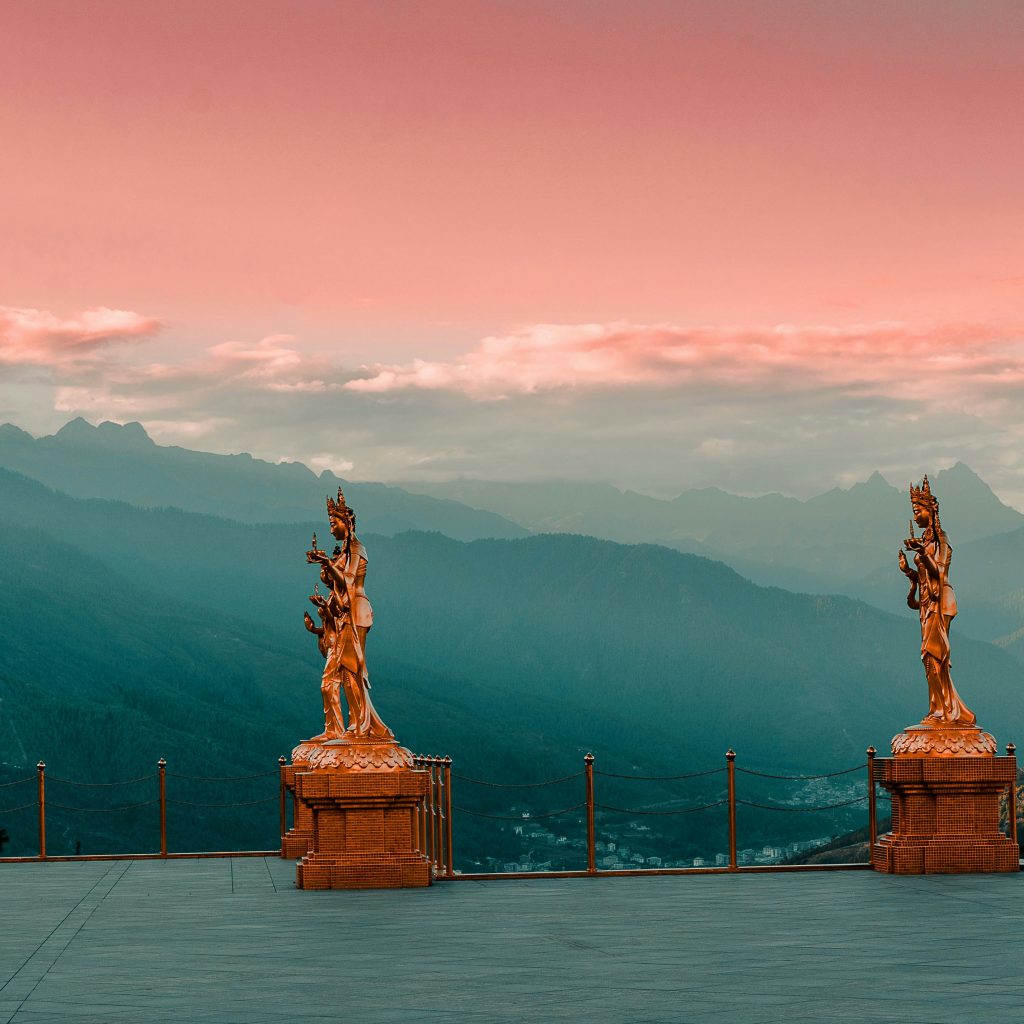
Discovering Bhutan – An Overview
Geography and Climate: Explore the geographical features of Bhutan, from the towering peaks of the Himalayas to its lush valleys. Understand how the diverse climate influences the landscape and the best times to visit various regions.
Historical Background: Uncover Bhutan’s rich history, from ancient times to the establishment of the monarchy. Learn about significant events that shaped the country’s culture and identity.
Gross National Happiness (GNH) Philosophy: Delve into Bhutan’s unique approach to development, emphasizing the importance of happiness over material wealth. Understand the four pillars of GNH and how they guide the country’s policies and practices.
Planning Your Journey
Visa and Permits: Get practical advice on obtaining the necessary visas and permits for your Bhutanese adventure, ensuring a smooth entry into the kingdom.
Best Time to Visit: Explore the seasonal variations and discover the ideal times for trekking, cultural festivals, and witnessing Bhutan’s natural beauty at its peak.
Cultural Sensitivities: Learn about the cultural norms and etiquettes to respect while interacting with locals, attending religious events, and exploring sacred sites.
Currency and Budgeting: Gain insights into Bhutanese currency, budgeting tips, and how to make the most of your financial resources during your stay.
Thimphu – The Enchanting Capital
Tashichho Dzong: Dive into the history and architecture of Thimphu’s iconic fortress, which serves as the seat of the Bhutanese government and houses the King’s throne.
Memorial Chorten: Explore the significance of this stupa built in memory of the third king and experience the spiritual atmosphere surrounding it.
Buddha Dordenma Statue: Witness the grandeur of the world’s largest sitting Buddha statue, perched atop a hill, offering panoramic views of the Thimphu Valley.
Folk Heritage Museum: Immerse yourself in Bhutanese rural life and traditions, discovering the artifacts and exhibits that showcase the country’s cultural heritage.
Changangkha Lhakhang: Visit the oldest temple in Thimphu, dedicated to Avalokiteshvara, and witness locals bringing their newborns for blessings.
Paro – Gateway to the Himalayan Kingdom
Paro Taktsang (Tiger’s Nest): Uncover the mystique surrounding this iconic monastery perched on a cliff, with a detailed guide on the trek, its history, and its spiritual significance.
Rinpung Dzong: Explore Paro’s fortress-monastery, known for its stunning architecture, vibrant festivals, and role in Bhutanese history.
National Museum of Bhutan: Delve into Bhutanese art, history, and culture through the exhibits housed in this cultural repository, located in a historic watchtower.
Kyichu Lhakhang: Discover the spiritual significance of one of the oldest temples in Bhutan, built to subdue a demoness and bless the entire Himalayan region.
Drukgyel Dzong: Learn about the historical importance of this fortress, built to commemorate victory over Tibetan invasions, and enjoy breathtaking views of the surrounding mountains.
Paro – Gateway to the Himalayan Kingdom
Paro Taktsang (Tiger’s Nest): Embark on a journey to the iconic Paro Taktsang, the Tiger’s Nest monastery perched on a cliffside. Uncover the spiritual significance, legends, and breathtaking views that make this site a must-visit.
Rinpung Dzong: Explore the historical and architectural beauty of Rinpung Dzong, a fortress-monastery that plays a crucial role in Paro’s annual Tsechu festival.
National Museum of Bhutan: Delve into Bhutanese art, culture, and history at the National Museum, housed in a watchtower overlooking Paro Dzong.
Kyichu Lhakhang: Visit Kyichu Lhakhang, one of the oldest temples in Bhutan, known for its sacred orange tree and ancient statues.
Drukgyel Dzong: Discover the ruins of Drukgyel Dzong, a fortress built to commemorate Bhutan’s victory over Tibetan invasions, set against the backdrop of snow-capped mountains.
Punakha – Ancient Capital with Natural Wonders
Punakha Dzong: Step into the architectural masterpiece of Punakha Dzong, situated at the confluence of two rivers. Explore the intricate woodwork, murals, and the sacred Machen of the Zhabdrung.
Chimi Lhakhang: Visit the fertility temple, Chimi Lhakhang, dedicated to the “Divine Madman” Lama Drukpa Kunley. Experience the unique phallus-themed art and rituals.
Khamsum Yulley Namgyal Chorten: Embark on a trek to the serene Khamsum Yulley Namgyal Chorten, enjoying panoramic views of the Punakha Valley and exploring the sacred shrine.
Mo Chhu River Rafting: Experience adventure on the Mo Chhu River with thrilling rafting excursions, surrounded by lush landscapes and stunning vistas.
The Eastern Charms – Trongsa and Bumthang
Trongsa Dzong: Uncover the historical significance of Trongsa Dzong, the ancestral home of the royal family. Explore its architecture, courtyards, and the Ta Dzong museum.
Bumthang Valley: Immerse yourself in the cultural heartland of Bhutan, Bumthang Valley, home to numerous temples, monasteries, and the sacred Mebar Tsho (Burning Lake).
Jakar Dzong: Discover Jakar Dzong, the “Castle of the White Bird,” overseeing the Bumthang Valley and experience its spiritual ambiance.
Jambay Lhakhang: Participate in the vibrant Jambay Lhakhang Drup festival and explore the sacred Jambay Lhakhang, one of the 108 temples built by the Tibetan king Songtsen Gampo.
Mebar Tsho (The Burning Lake): Uncover the mystical stories surrounding Mebar Tsho, the Burning Lake, known for its spiritual significance and submerged treasures.
As you conclude your Bhutanese adventure, you’ll carry with you not just memories of breathtaking landscapes and cultural richness but also the profound wisdom of Gross National Happiness. Bhutan, a kingdom that measures its success in happiness rather than economic wealth, leaves an indelible mark on the soul of every traveler fortunate enough to explore its wonders. So, embark on this extraordinary journey and let Bhutan weave its magic on you, for in the kingdom of happiness, every step is a dance and every moment, a celebration.
- Cancellations Polices:
Tour programs booked and subsequently cancelled shall be subject to cancellation charges as follows:
• Up to 30 days prior to the date of travel: USD 150 administrative fee per person.
• 29 to 21 days prior to the date of travel: 10% of the travel arrangement
• 20 to 14 days prior to the date of travel: 25% of the travel arrangement
• 13 to 7 days prior to the date of travel: 35% of the travel arrangement
• Less than 7 days prior to the date of travel: 60%of the travel arrangement
• After arrival in Bhutan or “no shows” at the airport: 100% of the travel arrangement
- Delayed Arrival / Departure
There shall be no charge for the number of days of delays in arrival or departure of visitors due to weather
conditions, Druk Air or Bhutan Airlines problems or road blocks.
- Clothing’s & Related Items:
For trekking and cultural tours, the following items of clothing and paraphernalia are recommended: –
Trousers and long sleeve shirts - Skirts or pant suits for women for visiting temples and Dzongs and/or for formal occasions. For
general tours, a pair of jeans is acceptable. - Hiking pants
- Water proof jackets
- Poncho/light raincoat
- Hiking shorts
- Down of fiber-filled jacket in winter/warm Jacket
- Hiking shoes
- Hat or cap
Miscellaneous Items
- Plugs/converters for electrical equipment (standard Indian round pin socket suitable for Voltage and
cycles230v, 50cycles AC) - Mobile phones with GSM range from 900-1800 open connection. Flashlight and batteries
- Goggles or sunglasses
- Pocket knife
- Sunscreens (spf 15+/50)
Please Follow Us For more Updates :
Website : Base Camp Trip
Included/Excluded
- Airport Pick up & Drop in Paro Bhutan
- Sustainable Development Fees
- Visa Fee
- Accomodation at 3 Star Hotel (twin sharing)
- English Speaking Tour Guide
- All Meals as per Itinerary
- Comfortable & Luxurius imported Cars for internal transportation with skillful driver
- Daily Mineral Waters
- Government Taxes
- Flight Ticket to Bhutan
- Entrance fee to Monasteries/Temple/Museums
- Travel Insurance
- Entrance Fee to all Monasteries and Museums
- Personal Expenses (laundry, shopping, alcohol drinks etc)
- Tips for Guide/Driver
- Entrance Fee for Monasteries/Temples/Museums with below Fixed Bhutan Government Cost:
Itinerary
The flight into Bhutan takes you over the great Himalayas, offering the scintillating scenery of the world's highest glacial peaks. As you enter Paro valley, you will see the silvery Pa Chu (Paro River) meandering down the valley, the Paro Dzong (fortress) and Ta Dzong (watch tower). On arrival, received by our representative and transfer to Hotel. In evening continue to Trashichhodzong; the beautiful fortress/monastery which houses Secretariat building, King's Throne room and other government's offices. It is also the summer residence of Chief Abbot. As well as witness the ceremony of national flag. Overnight at the Thimphu Tower
Today's full day of sightseeing In Thimphu valley includes, visit to; After Breakfast drive to Memorial Chorten; the beautiful stupa built in the memory of Bhutan's third King. Then proceed to Buddha Dordenma is a gigantic Shakyamuni Buddha statue. The statue can house over one hundred thousand smaller Buddha statues, each of which, like the Buddha Dordenma itself, the Buddha Dordenma is sited amidst the ruins of Kuensel Phodrang. After Buddha point, you can also do the hike around three hours till Changjangkha Temple, on the way you walk along the blue pine forest and stunning views to Thimphu Valley. After lunch visit paintings and statues inside the monument provide a deep insight into Buddhist philosophy. Painting School; famous for traditional Thangkha paintings, Textile and Folk Heritage Museum; the fascinating testimony of the Bhutanese material culture and living traditions. Overnight at the Thimphu Tower
Early morning breakfast, drive to Dochula pass (3,050m). If the weather permits, you can see a range of high Himalayan peaks towards the north east. Following peaks can be seen from this pass, on a clear day; Masagang (7,158m), Tsendagang (6,960m), Terigang (7,060m ), Jejegangphugang (7,158 m ), Kangphugang (7,170 m ), Zongphugang (7, 060 m ), a table mountain that dominates the isolated region of Lunana – finally Gangkar puensum, the highest peak in Bhutan at 7,497m. After Dochula pass drive Phubjikha, is a vast U-shaped glacial valley, also known as Gangteng Valley named after the impressive Gangtey Monastery of the Nyingma in central Bhutan, where the graceful black-necked cranes in Bhutan from the Tibetan Plateau visit the valley during the winter season to roost. On arrival in the Phobjikha Valley in the last week of October, the black-necked cranes circle the Gangteng Monastery three times and also repeat the process while returning to Tibet. Overnight in Dewchen Hotel.
After breakfast visit crane center, the valley is rich in faunal biodiversity and has, apart from the globally threatened black-necked cranes Grus nigricollis, 13 other globally threatened species. Within the ambit of the valley, an area of about 163 square kilometres (63 sq mi) has been declared a protected area, which is managed by the Royal Society for the Protection of Nature, (RSPN), for the protection of nature, authorized to manage, on lease basis, by the Ministry of Agriculture. Drive to Punakha on the way visit Chimi Lhakhang, situated on a hillock in the center of the Lobesa valley, is dedicated to Lama Drukpa Kuenley, who in the late 15th century used humor, songs and outrageous behavior to dramatize his teachings and due to this also known as „Divine Madman‟. This temple is also known as the temple of fertility. It is widely believed that couples who do not have children and wanting one, if they pray at this temple, they are usually blessed with a child very soon. It is about 30-minute walk across field from the road to the temple or you can drive directly to temple. Overnight at the Zhingkham Resort.
After drive to Khamsum Yulley Namgyal stands majestically on a strategic ridge above the Punakha valley. Built over a period of 9 years, Bhutanese craftsmen including carpenters, painters, and sculptors consulted Holy Scriptures rather than engineering manuals, to construct this 4 -storey temple. It is a splendid example of Bhutan's fine architectural and artistic traditions and the only one of its kind in the world. Built by Her Majesty the Queen Mother, this temple is dedicated for the wellbeing of the kingdom and the benefit of all sentient beings. After lunch visit Punakha Dzong, a massive structure built at the junction of two rivers. Punakha was Bhutan's capital until 1955, and Punakha Dzong still serves as the winter residence of the central monk body. Bhutan's first King, Ugyen Wangchuck, was crowned here in 1907. The fortress has withstood several damages from fire, earthquake and flood over the centuries. Overnight at Zhingkham Resort.
After breakfast drive back to Paro and after lunch visit to Ta Dzong, the National Museum which in the past served as watch tower for the Paro Dzong, the Paro Dzong (Rinpung Dzong) built in 1646 by Shabdrung Ngawang Namgyal. Evening walk around the Paro town for any shopping. Overnight at the Tenzinling Resort.
After Breakfast proceeds to Taktsang Palphug Monastery more famous as Paro Taktsang is a Buddhist temple complex which clings to a cliff, 3120 meters above the sea level on the side of the upper Paro valley, Bhutan. The Taktsang Monastery is one of the most famous touristic destinations of the country and the cultural icon of Bhutan. Visiting the Paro Taktsang Monastery is an unforgettable experience thanks to its unique location and the views of surrounding majestic mountains and emerald green valleys. It takes around 1 hour, 45 minutes to get to Taktshang walking or riding a horse. If the full hike is too tough, you can rest at the wooden teahouse restaurant or cafeteria after the first hour. The trail takes you through blue -pines to a series of three water- powered wheels. Overnight at the Tenzinling Resort.
After breakfast drive to the airport for flight to onward destination

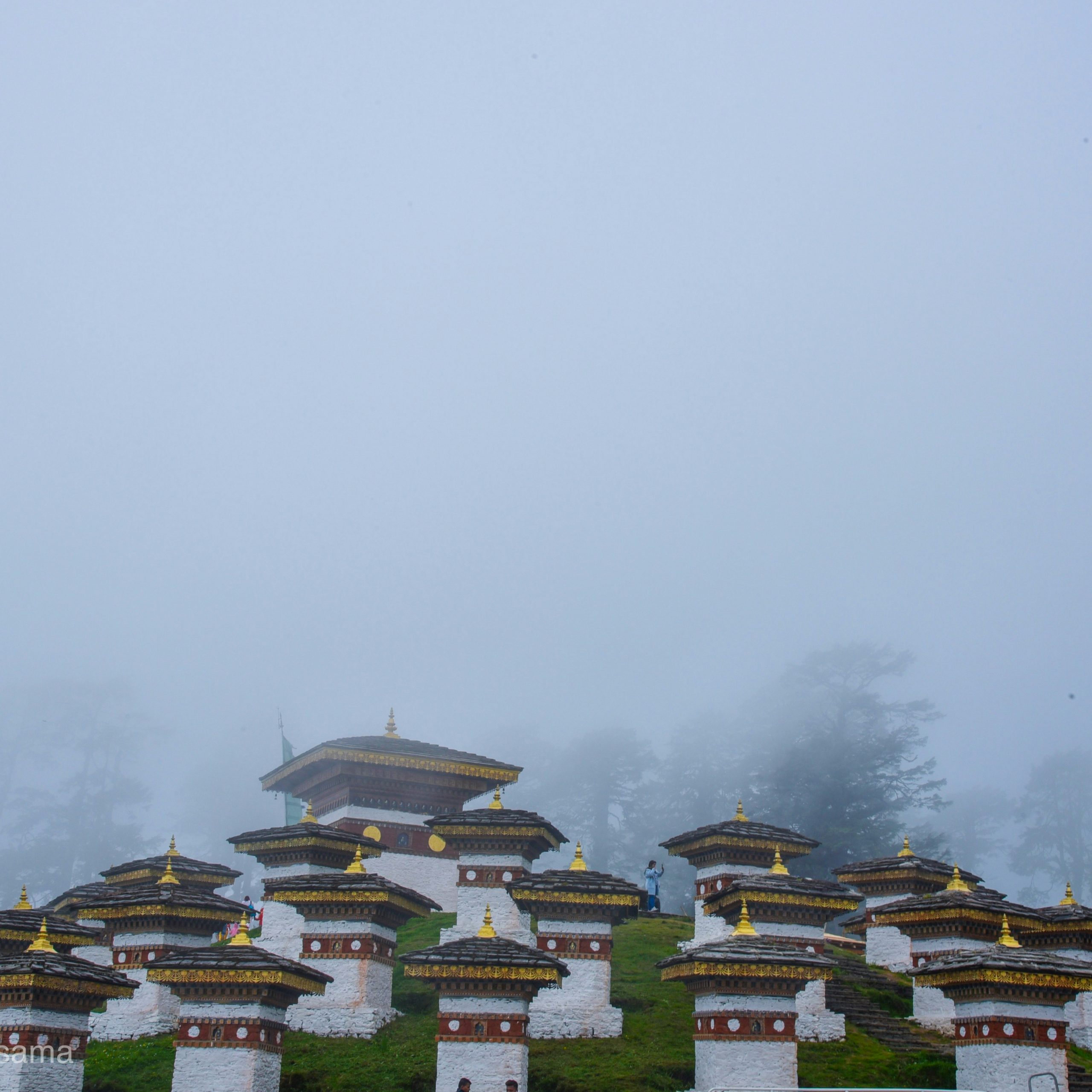
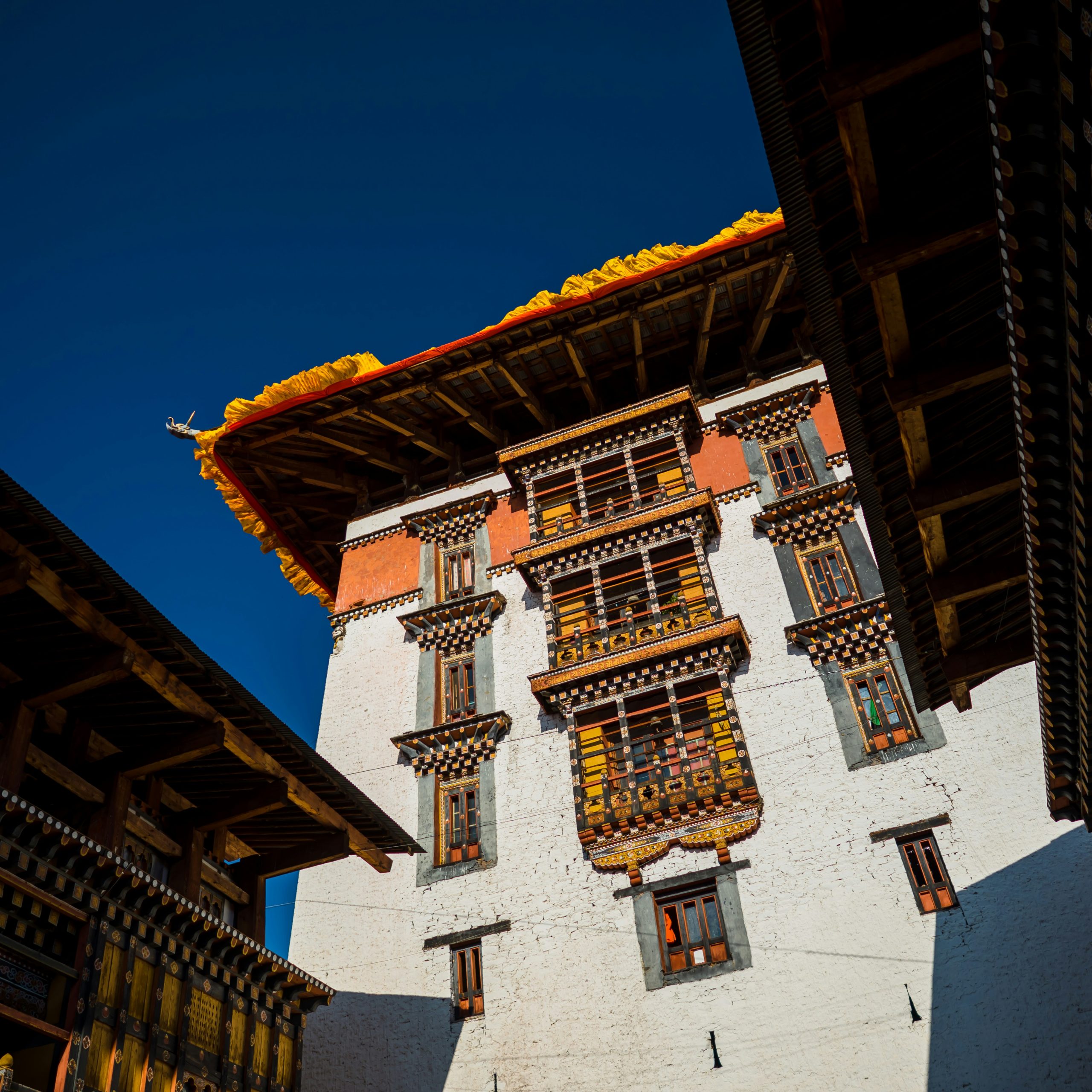
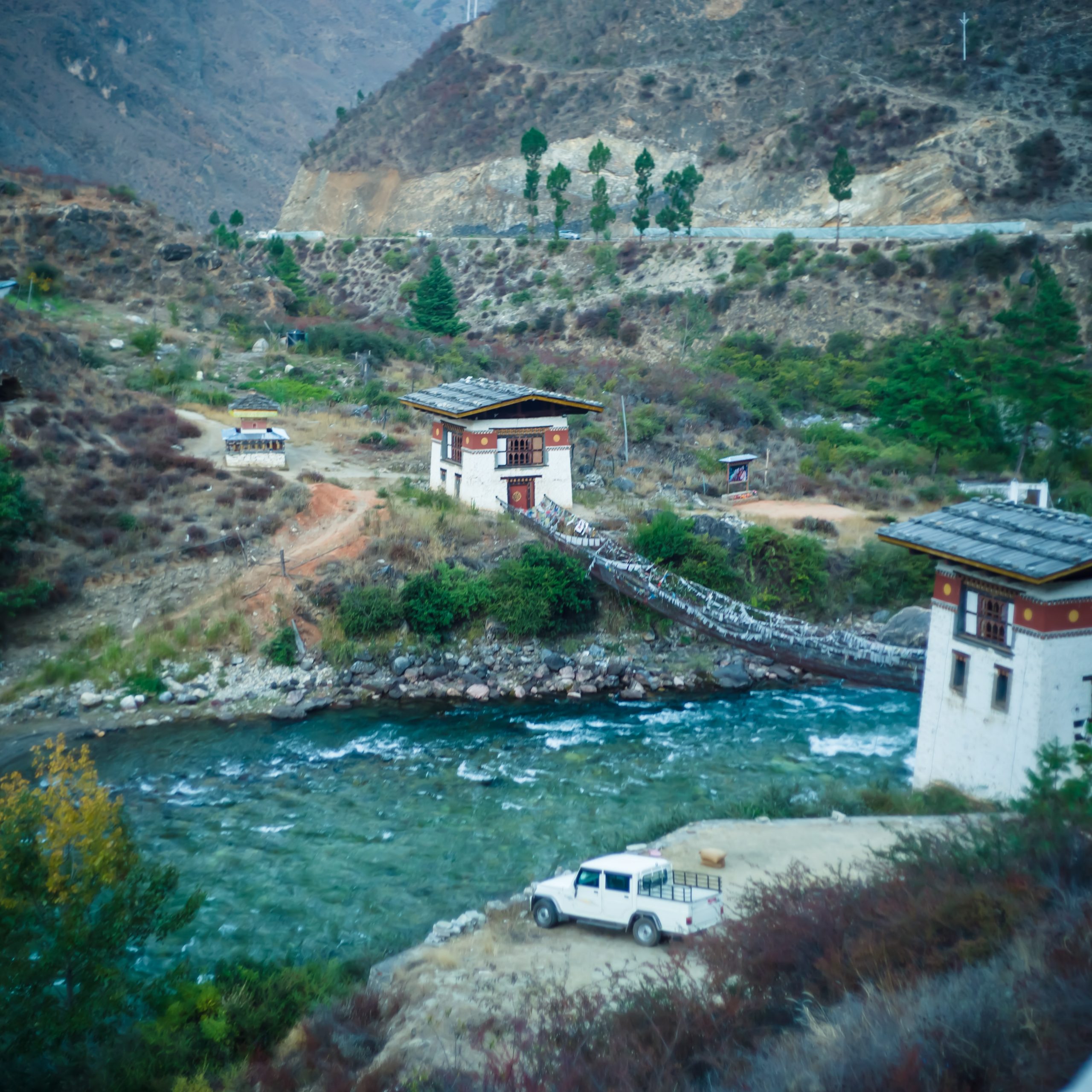
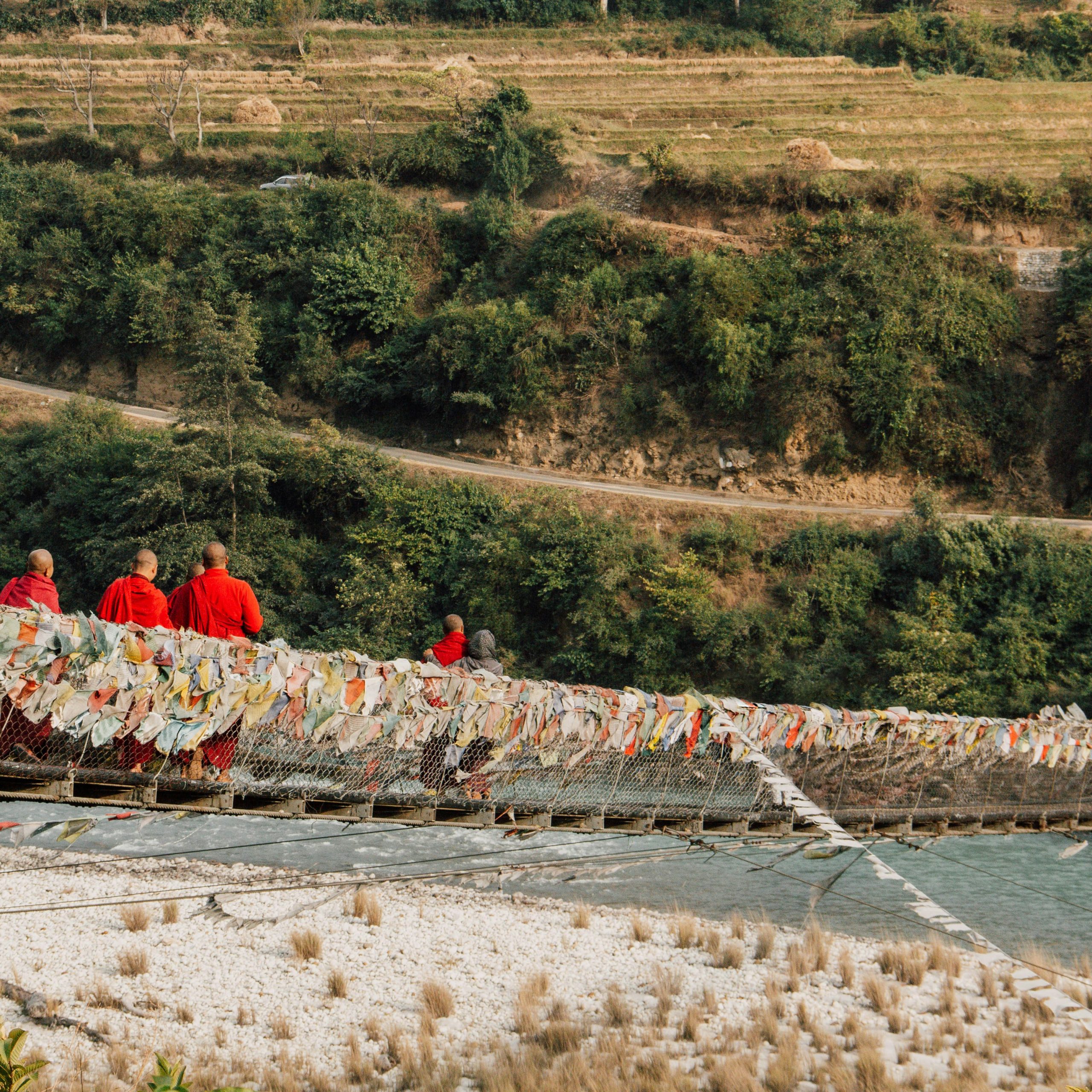
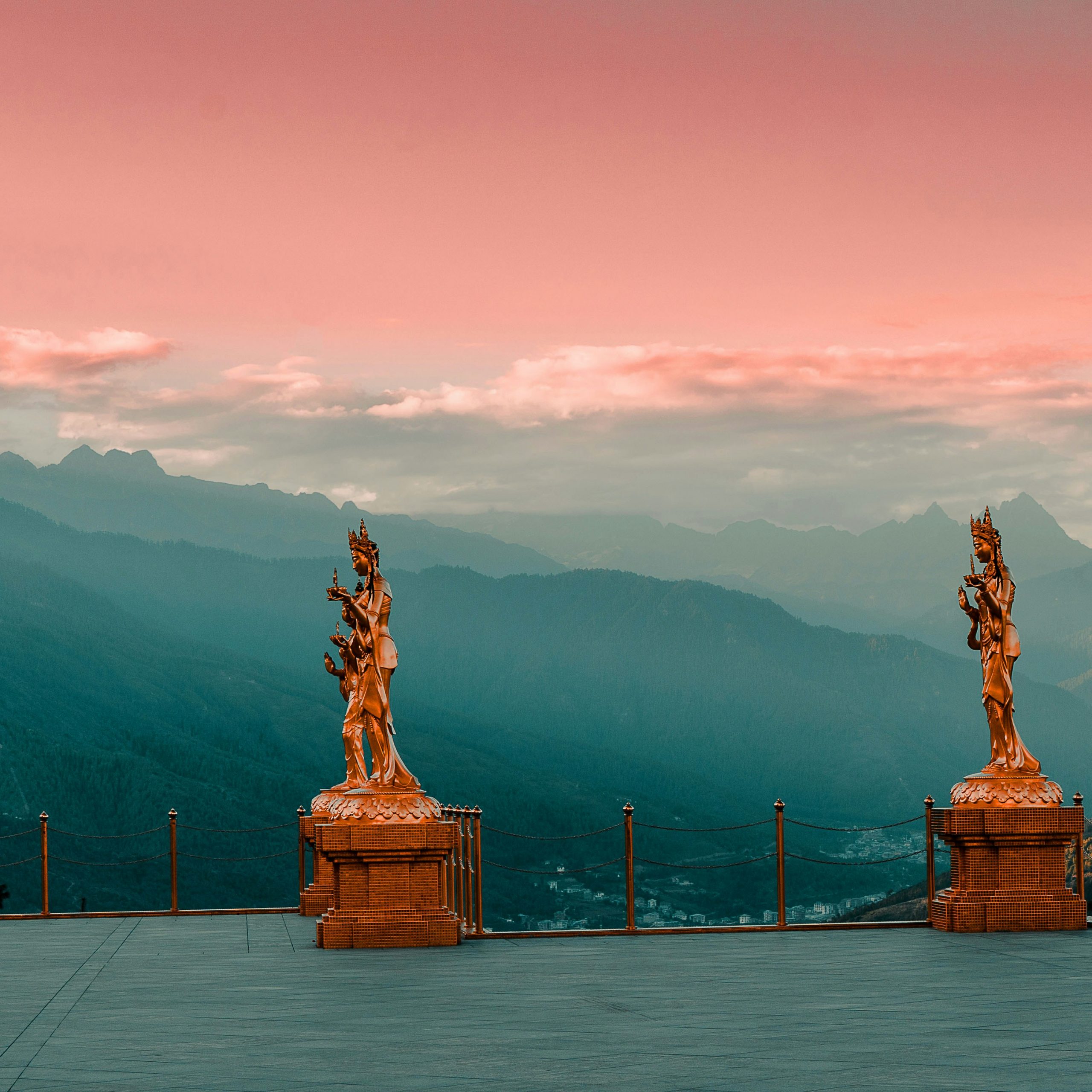
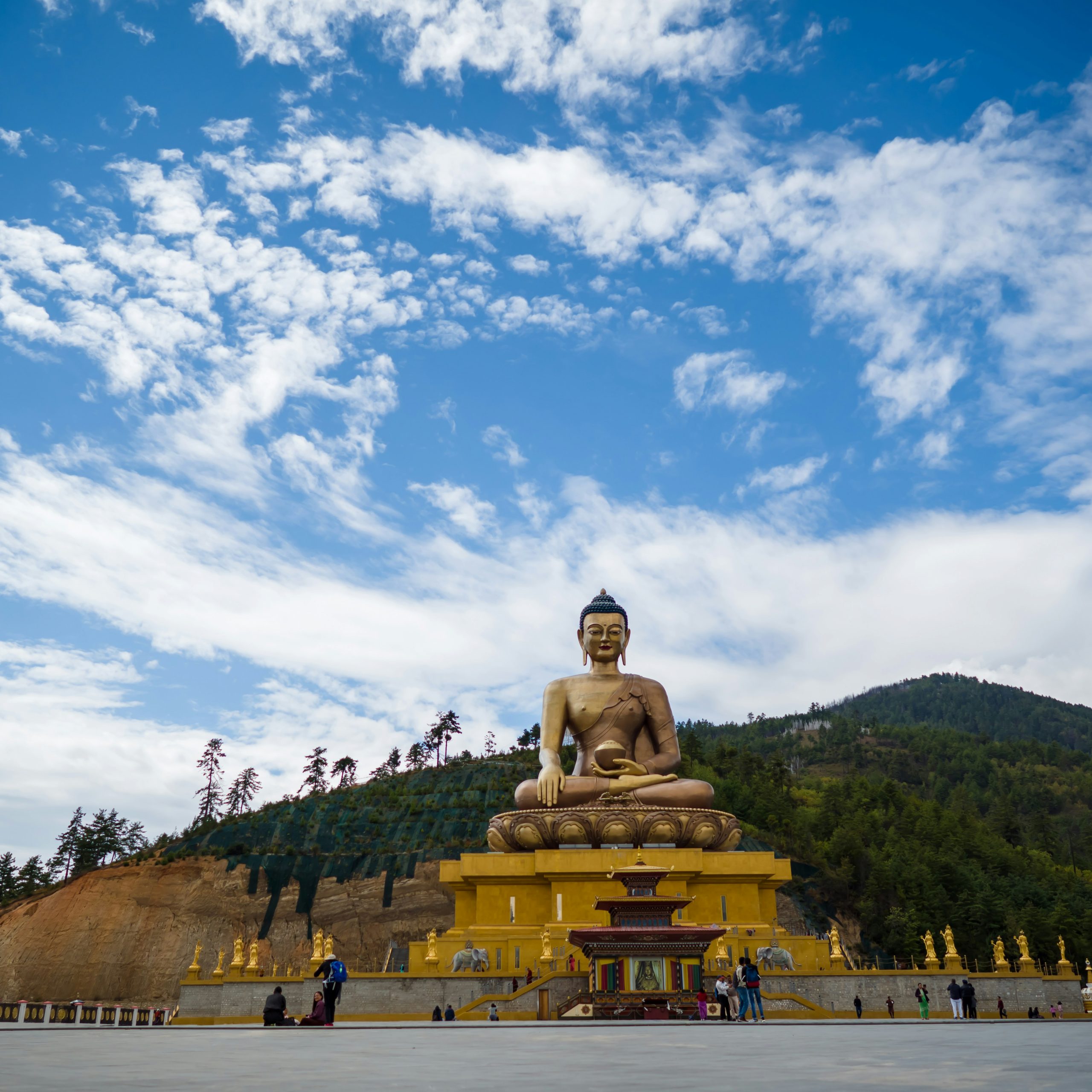
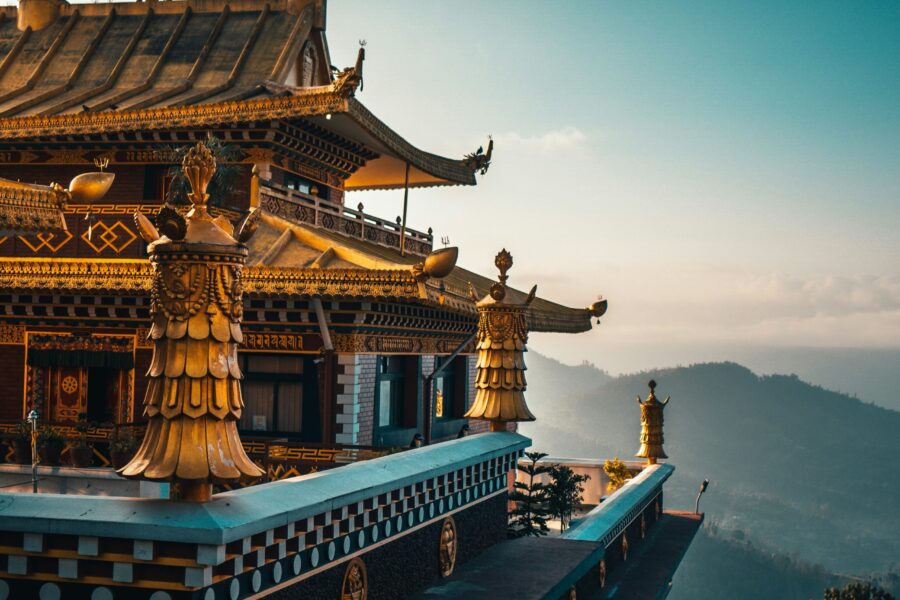
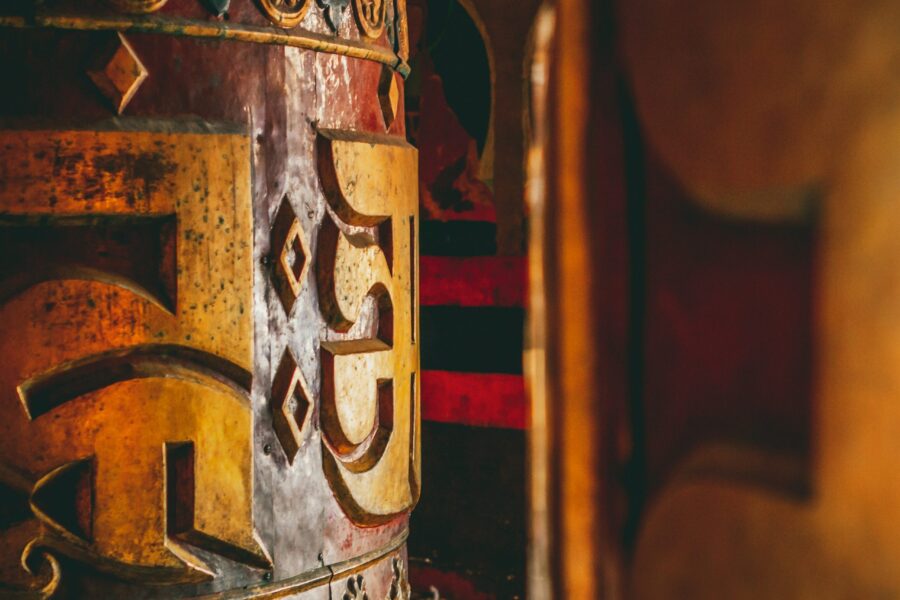

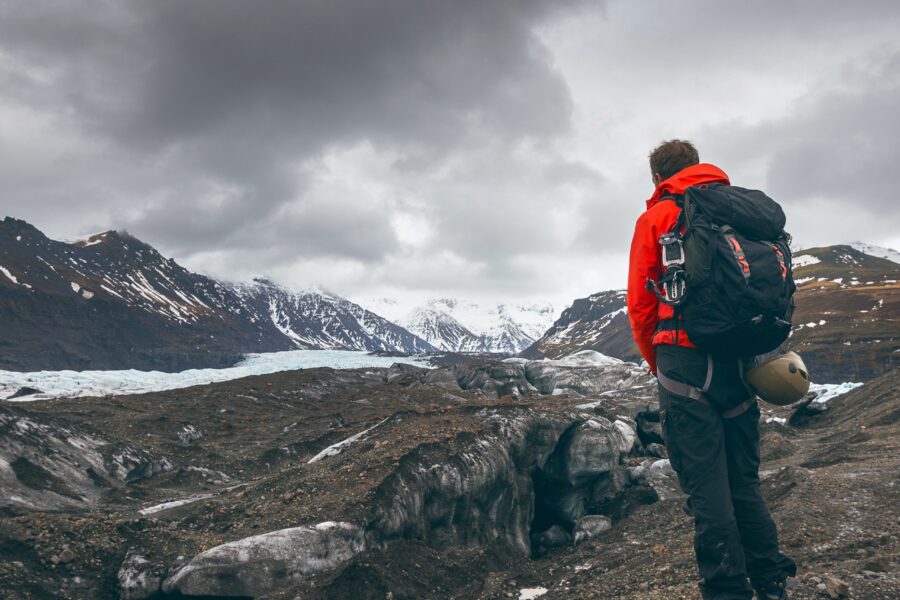
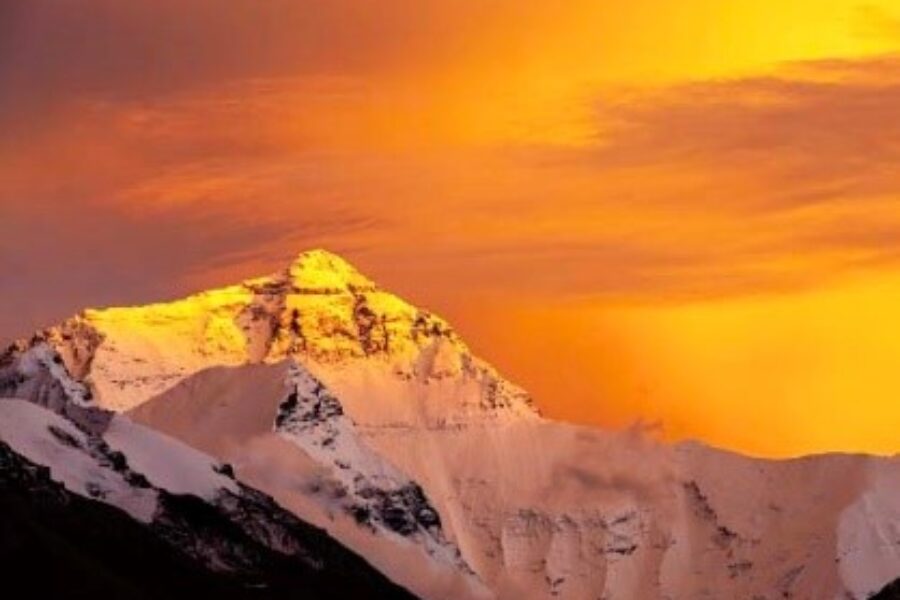
Normally, the bodies of animals dwelling at great depths are adapted to excessive strain environments by having pressure-resistant biomolecules and small organic molecules present in their cells, often called piezolytes, of which TMAO is probably the most ample. http://www.forget-cffnvc.xyz/blog/1737036813807